What to do if the peppers are in the web: measures to combat spider mites
A spider mite on a pepper is a common problem that almost every gardener faces. The pest enters plants through vectors or by migration with wind currents. In Russia, it is most often found in greenhouses in the middle zone and in open grounds of the Lower Volga region.
The pepper bushes infected with the parasite not only suffer themselves, but also threaten the health of all their "neighbors". Therefore, upon discovering the first signs of the disease, it is important to take immediate action!
Spider mites Tetranychus urticae
Peppers attack spider mites of the Tetranychus urticae family, or common mites. These are small parasites with an oval bristly body, two contrasting eye spots near the head section of the body or on the sides. They live in colonies on any part of the plant, feeding on cell sap. The number of colonies can reach from several tens to several hundred larvae and adults.
Females are larger than males. In three to four weeks, they lay 200 to 400 eggs. The rate of egg development depends on temperature and humidity and takes from 12 to 23 days.
Eggs are distinguished by their vitality, remain active for up to five years. Ticks lay them on the peppers themselves, in the open field and on objects surrounding the planting. Therefore, the fight against parasites is complex, protracted.
Causes of spider mite infection
The main reason for spider mite infection of pepper is unfavorable growing conditions:
- Poor microclimate. The most dangerous is warm dry air, which is very fond of parasites. In winter, when the heating is turned on, plants in home greenhouses often suffer. In the spring and summer - plants in the beds.
- Poor watering and excess nitrogen. Water starvation and overfeeding with nitrogen leads to the accumulation of soluble carbohydrates in the tissues of the peppers, which increase the fertility of female spider mites, which leads to abundant egg-laying.
Signs of spider mite infestation
Due to their miniature size, barely reaching a millimeter, it is almost impossible to notice spider mites with the naked eye. The first signs of a parasite in pepper are a depressed appearance and thin white cobwebs on the underside of the leaves.
As the disease develops, the web appears not only on the lower, but also on the upper side of the shoots, connects several leaf plates or envelops the entire plant as a whole.
Soon, the peppers stop blooming. Leaves lose color, become covered with small white dots, which merge into groups and darken, begin to curl and fall off. The plant dies.
Cobweb control measures on pepper
Measures to combat spider mites are chemical, biological and agrotechnical. This includes washing, spraying, or fumigating diseased plants and sanitizing the place where they grow.
- Chemical control measures involve the use of various pharmacological preparations: insecticides, insectoacaricides and acaricides.
- Biological control measures - the use of biologically active agents such as phytophages.
- Agrotechnical control measures are the provision of conditions in which parasites cannot exist and die. Such measures include the creation of an unfavorable microclimate for ticks, the planting of repelling plants next to the beds of pepper, etc.
- Sanitary and hygienic processing is carried out in two stages.The stage of the current disinfection involves the treatment of the affected areas and the isolation of the diseased plant to prevent the spread of pathogens outside the focus of the disease. The final disinfection stage is a reprocessing to destroy surviving eggs and disinfect all items that the pests could move to.
How and with what to process pepper?
Small-drop processing of peppers with pharmacological preparations is one of the simplest and most effective methods of controlling pests and their offspring.
The plant should be processed at least three times at a temperature of +20 ºC and at least four times at a temperature of +30 ºC, strictly observing the time interval and dosage indicated on the drug packaging.
The maximum effect can be achieved by performing the procedure in the fresh air on a dry, calm day and covering the plants with plastic wrap after it is over.
Due to the fact that ticks are resistant to insecticides and can develop races resistant to pesticides, preparations must be periodically alternated and replaced with analogues, the range of which is quite wide:
| A drug | Operating principle | Features of the drug |
| "Actellik" | Non-systemic insectoacaricide | Interacts directly with pests without harming the plants themselves. |
| "Akarin" | Intestinal acaricide | The drug kills the most viable populations of parasites, including those bred in laboratory conditions. Very dangerous for bees! |
| "Dicofol" | Low Toxic Broad Spectrum Acaricide | The drug has a long-lasting residual effect and is effective against ticks and their eggs. |
| "Envidor" | New generation contact acaricide | The drug is effective against populations resistant to common acaricides. |
| "Karate" | Contact insecticide | The drug has a 1st class of hazard, toxic to bees, birds and fish. |
| "Karbofos" | Low toxic acaricide | The drug is addictive, incompatible with other chemicals and fertilizers. |
| "Kleschevit" | Intestinal insectoacaricide | The drug has low toxicity, but is ineffective at temperatures below + 20 ° C and quickly causes resistance in ticks. |
| "Neoron" | Contact acaricide | The drug is effective at any air temperature. However, it affects only the mobile stages of ticks: larvae, nymphs and adults. |
| Fitoverm | Biological product | It acts on ticks through the stomach, therefore it is ineffective against eggs and larvae. |
Spider mite irradiation
An effective method of dealing with spider mites on pepper is irradiation with ultraviolet light. It is better to use lamps specially designed for plants for this. Others may be too powerful and do more harm than good.
The beams of the lamp are directed to the lower part of the foliage, where the greatest number of parasites live. Sessions are held at least once a week for 2-3 minutes.
Home remedies for ticks
Home remedies for pepper spider mites include cleaning and processing plants with homemade solutions and tinctures: soap, tobacco, onion, herbal. They are not as toxic as chemicals, but only work in the early stages of the disease. In advanced cases, it is better to use them as auxiliary ones - in addition to the main course of treatment.
For convenience, recipes for solutions and methods for their preparation are listed in the table:
| Solution | Proportions and recommendations for use |
| Soap solution | Laundry or green soap in a ratio of 4 g per 1 liter of water |
| Tobacco solution | 10% tobacco extract in a proportion of 5 g per 1 liter of water |
| Alcohol solution | 30 ml of ammonia per 10 liters of water |
| Decoction of cyclamen roots | 50 g of cyclamen roots per 0.5 l of water - boil until a homogeneous mass is formed and strain |
| Onion tincture | 1 large onion in 1 liter of water - leave for 5 hours and drain |
| Tincture of celandine leaves | 400 g of finely chopped leaves per 1 liter of water - leave for 24 hours and strain |
| Garlic tincture | 2 heads of garlic per 1 liter of water - leave for 4-5 days, dilute 1: 1 with water |
| Tincture of tomato leaves | 40 g of chopped tomato leaves per 1 liter of water - leave for 2 hours and strain |
| Tincture of onion peel | 100 g of onion husks per 5 liters of water - leave for 4-5 days and drain |
Prevention of spider mite damage
You can minimize the risk of pepper mite infection by following simple preventive measures:
- keeping plants clean: regular washing and spraying of leaves;
- maintaining high air humidity in rooms where plants are grown and greenhouses;
- regular inspection of plants, removal of dry and diseased leaves, shoots and flowers;
- periodic preventive etching;
- isolation of diseased plants from other plantings.
These measures may well help protect peppers from a dangerous pest. Prevention should be given the utmost attention, because processing vegetables with chemicals is always a risk. It is not possible to poison ticks at every stage of plant development - sometimes you have to sacrifice the harvest. Therefore, it is important to do everything to prevent this problem.
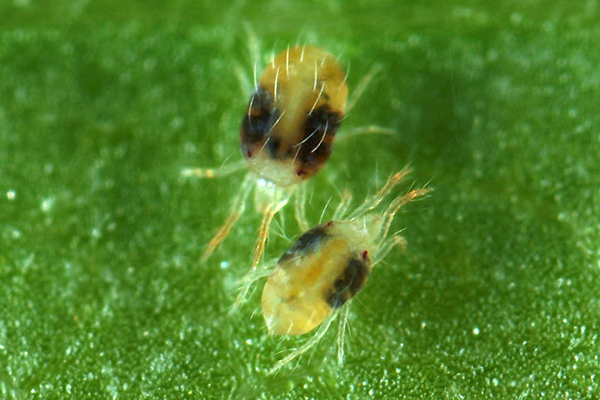
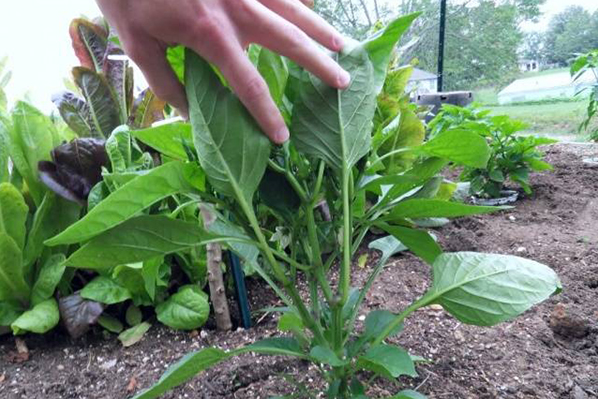
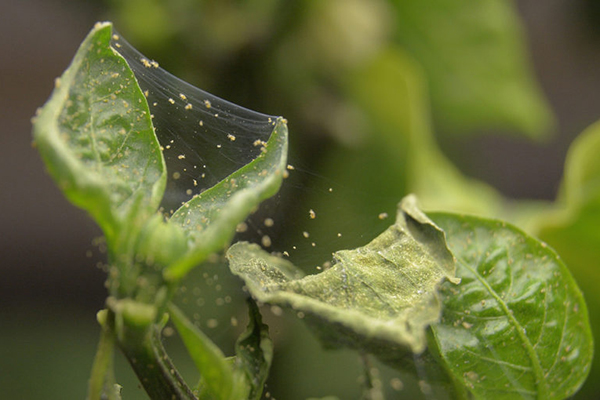

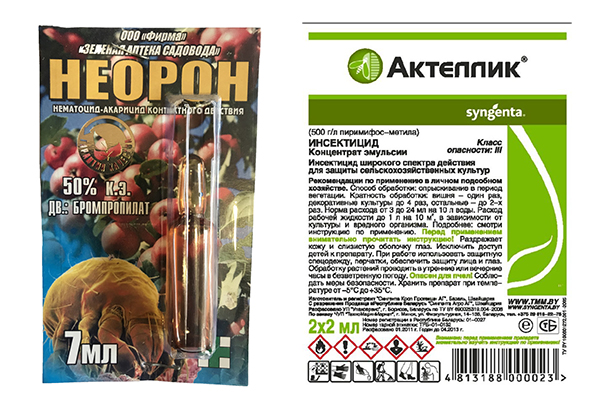
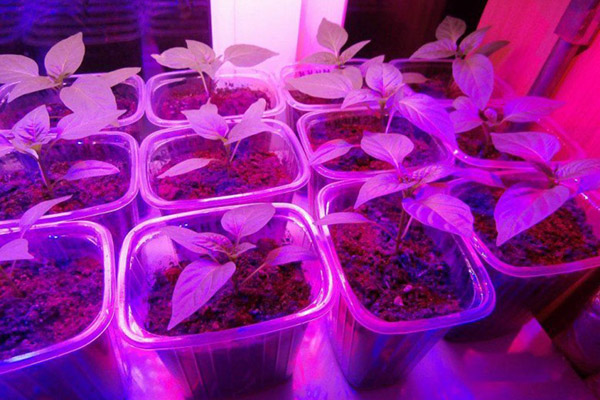

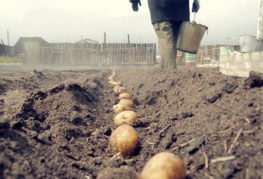


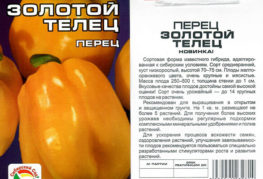
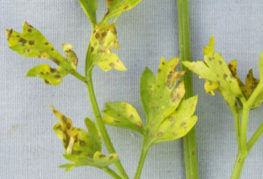

and will be published shortly.